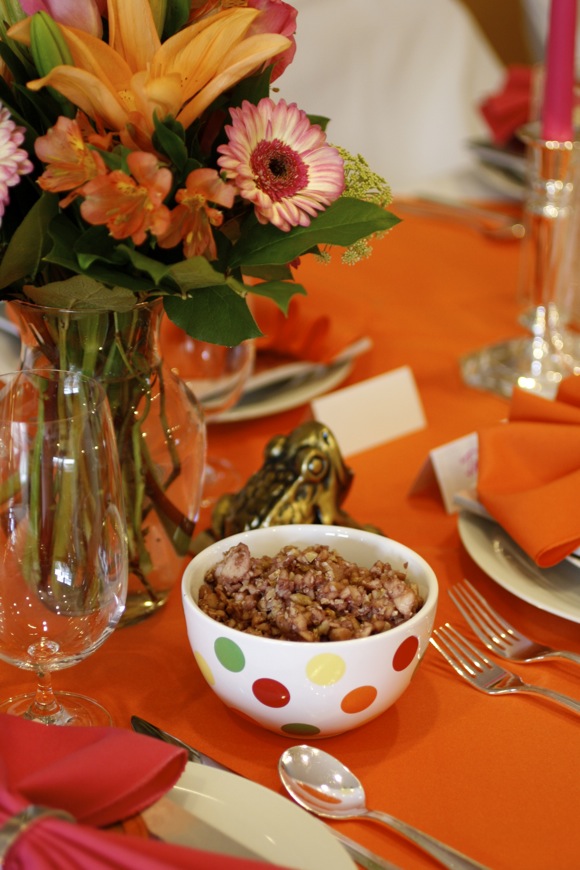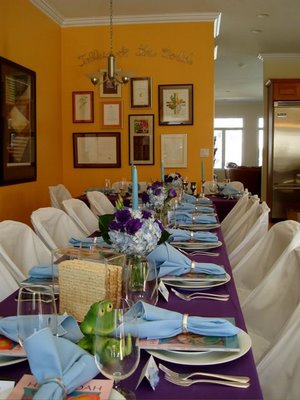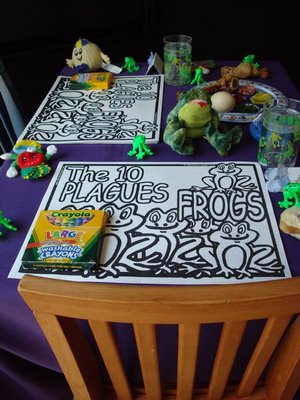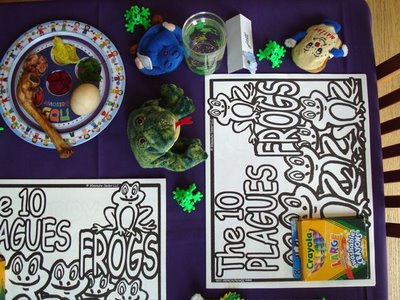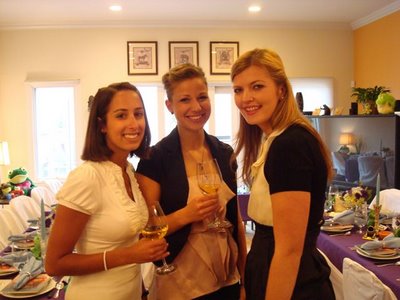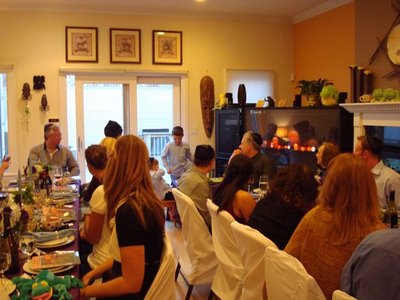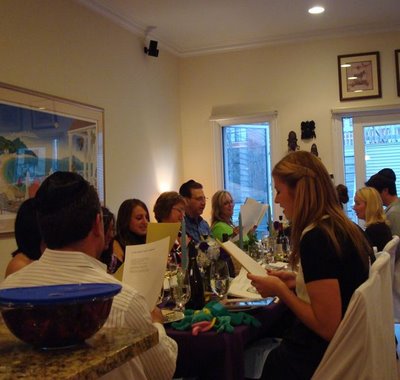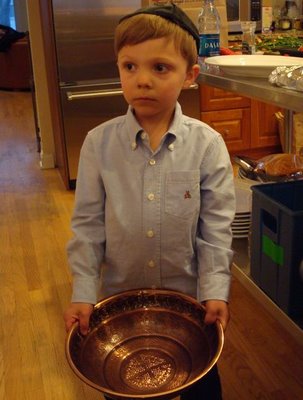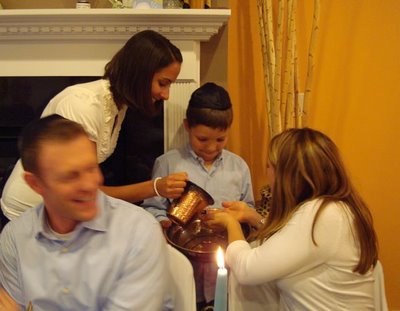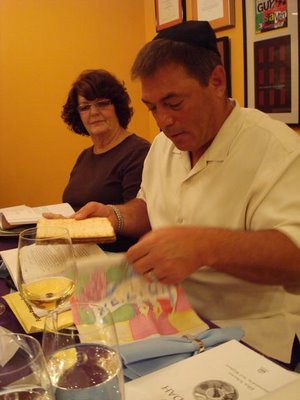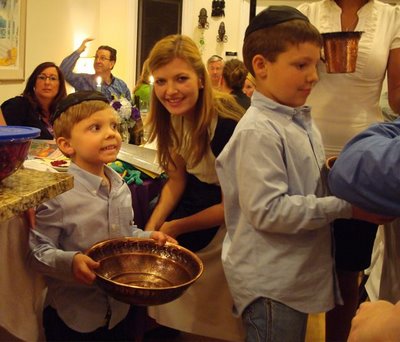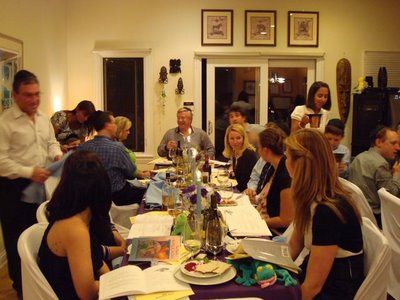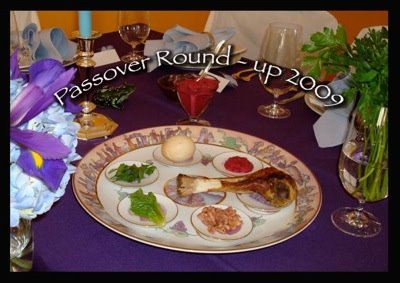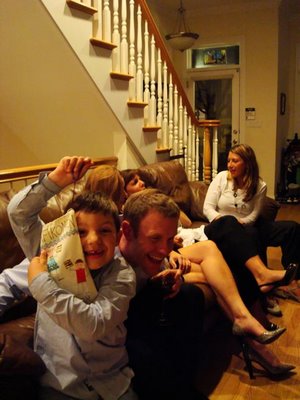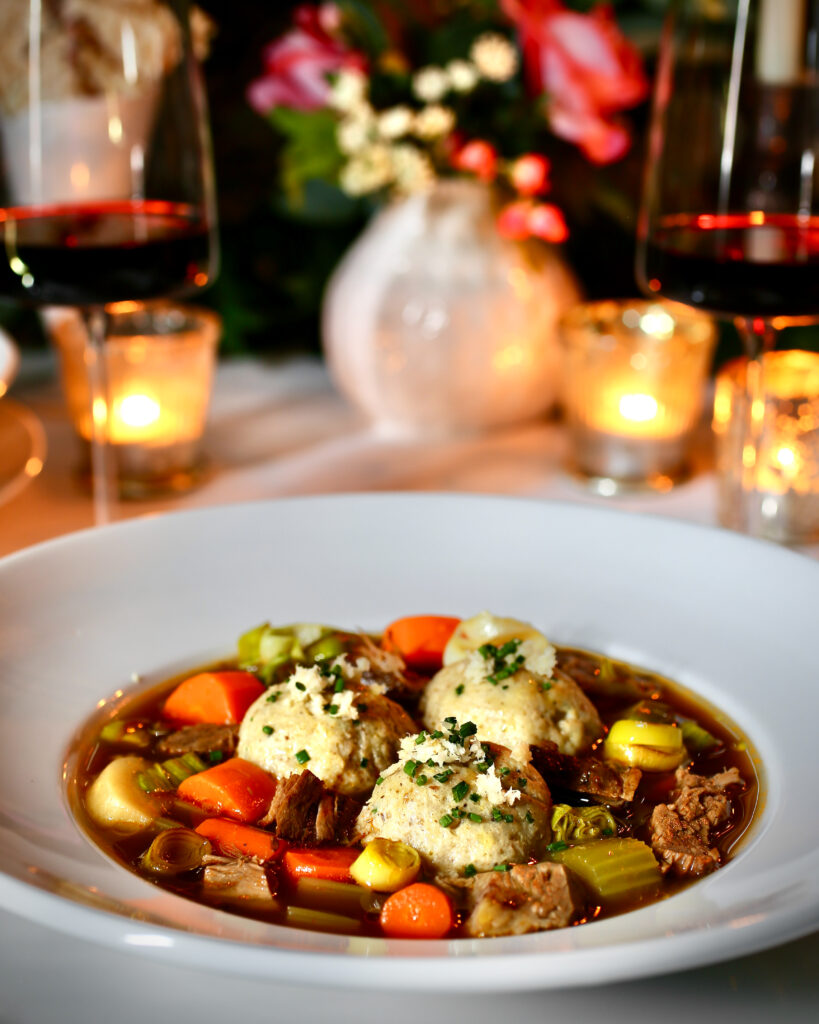
Beef Soup with (Leftover) Brisket
Horseradish and Chive Matzoh Balls
What is special about the last day of Passover?
While the Children of Israel were in their homes in the middle of the night, God struck the Egyptians with the plague of the firstborn – all the Egyptians’ firstborn died. This plague drove the Egyptian king, Pharaoh, to tell the Israelites – “Get up and get out from among my people!”
They hurriedly left Egypt in the darkness, and for six days wandered through the Sinai desert until they reached the shores of the Red Sea. Meanwhile, Pharaoh changed his mind to set them free and sent his army of soldiers and chariots after the newly liberated nation.
As the Israelites stood on the banks of the sea, the Egyptian army came up behind them. They were caught between the sea and the pursuing army, with no reasonable chance of salvation.
Then the Lord told Moses to raise his staff and stretch out his hand over the sea and split it, and the Children of Israel came in the midst of the sea onto dry land.
Excerpted and edited from RABBI SHMUEL RABINOWITZ Published APRIL 9, 2020 in the Jerusalem Post here.
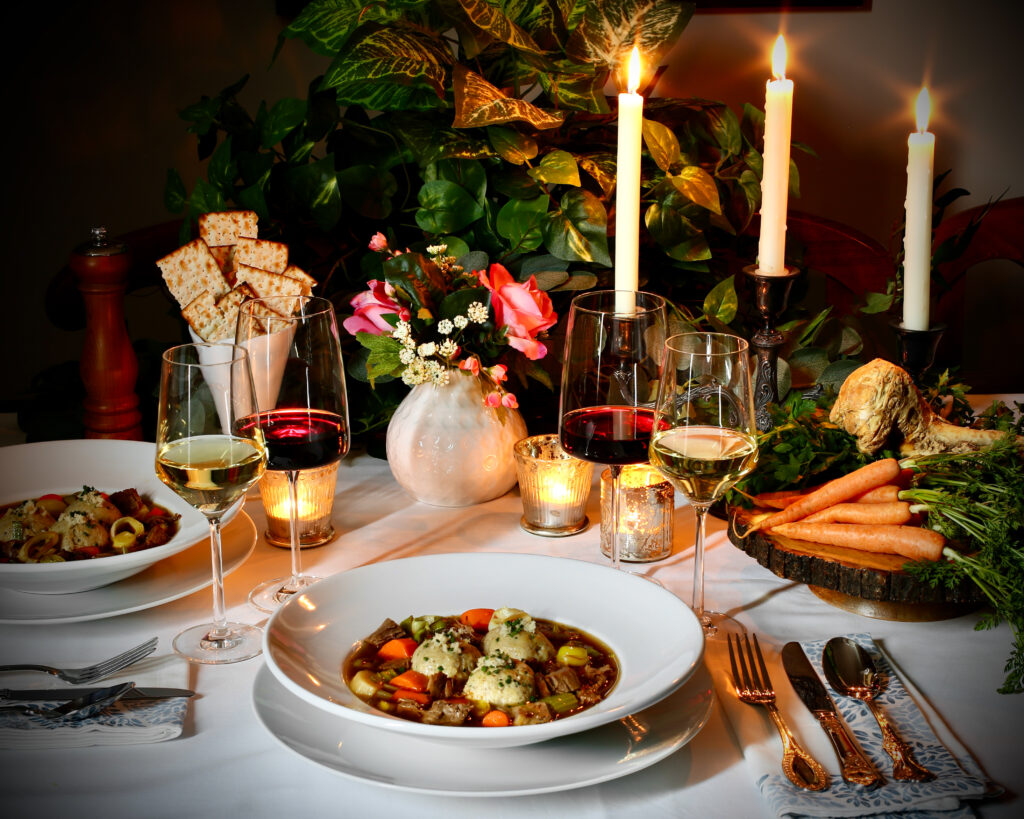
Unlike the light Seder Course of Chicken Soup with Matzoh Balls, this hearty beef soup for the end of Passover is the main course. It uses up many ingredients from the prior week.
Fresh chunky carrots, parsnips, celery, and leeks are simmered in beef broth. Leftover brisket is cut into bite-sized cubes and re-heated in the savory soup. And here, the matzoh balls are flavored with zippy horseradish and chives to complement the beef.
Beef Soup with Brisket and Horseradish Matzoh Balls Recipe
Continue reading “Beef Soup with Brisket, Horseradish Matzoh Balls”




